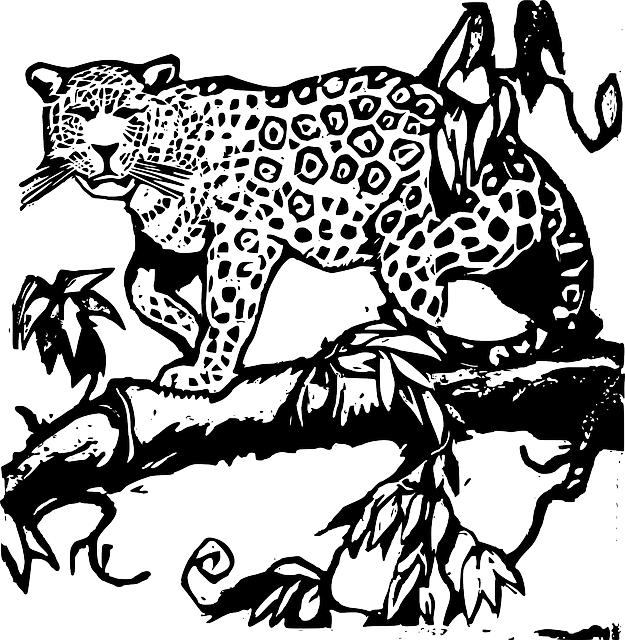
The members of the Amazonian ethnic groups to a large extent, share a conception of life in which are inscribed notions about the surroundings, more precisely about the environment they inhabit, and the way in which human beings relate to each other and to the other components, the parts of the whole being inscribed in a structured conception of life.
December 21, 2019
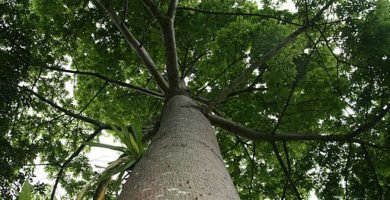
🥇 The Great Amazonian Legend
December 14, 2019
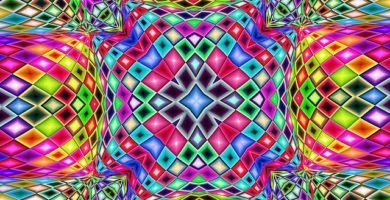
Amazonian myths and legends about ayahuasca
December 14, 2019
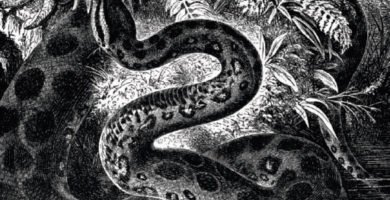
The anaconda in some Amazonian myths and the origin of the Universe
October 5, 2019
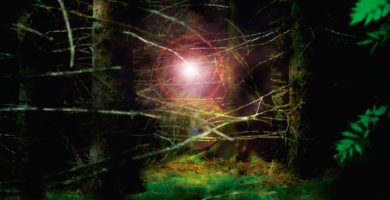
Myths of the Amazon Rainforest
September 12, 2020
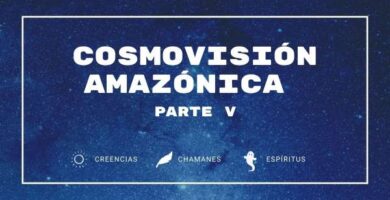
Cosmovision of the Peruvian Amazonian Peoples
September 11, 2020
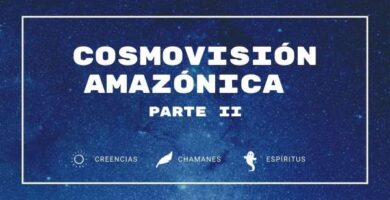
Cosmovision Definition
September 8, 2020
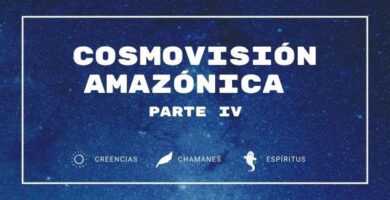
Amazonian People Cosmovision – Bolivia, Colombia and Ecuador
September 6, 2020
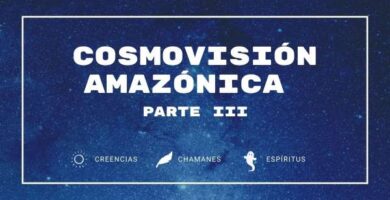
Rainforest People Cosmovision and Amazonian myths
September 5, 2020
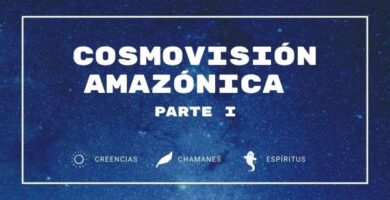
Introduction to the Amazonian People Cosmovision
August 25, 2020
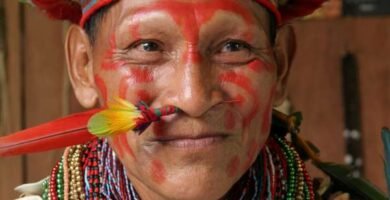
The shaman and his Jaguar Powers – Amazonian Shamanism
A worldview is a global and structured vision of life in which various planes of existence are articulated, and a way of being and being makes sense, that is, of thinking and relating to the vital energy that underlies things, and that composes a complex structure, according to which community life is organized.
The worldview is the manifest expression of a cosmogony, which is formed by shared beliefs about the origin of the cosmos, nature and life in its different forms: plants, animals, human beings, and the other elements present in the universe, from the stars to the rivers and mountains.
In short, with all the elements of vital energy that can be perceived, sensorially and extrasensorially, in the different states of consciousness induced by the effects provoked with the help of sacred plants. Cosmogony is closely related to myths of origin.
Myth is a shared explanation of how the world is seen or imagined, and how the norms and customs of the functioning of social groups were established, which constitute their frameworks of social behavior, shaping the morals of the group.
From this normative structure, ethics is derived, which is composed of individual behaviors, as a result of the reflection of each person.
In the development of that cosmovision plays a key role the master plant and the participation of the shaman, shaman or taita as mediating agent (Souso 2017, Scuro 2017, Naranjo 2012, Ronderos Valderrama 2009, Fericgla 2000, Schultes and Raffaud 1994, Schultes and Hoffman 1979, Eliade 1976).
The shaman, taita or healer, acts as an accepted mediator in the collective to select the ingredients, prepare and guide the ingestion of psychoactive substances consumed, in a selective or collective manner, in that society.
These substances come from plants considered sacred or master plants, which contain active principles that allow the hypersensitivity of consumers, most of the time within the framework of ritual scenarios.

Dr. Rafael Cartay is a Venezuelan economist, historian, and writer best known for his extensive work in gastronomy, and has received the National Nutrition Award, Gourmand World Cookbook Award, Best Kitchen Dictionary, and The Great Gold Fork. He began his research on the Amazon in 2014 and lived in Iquitos during 2015, where he wrote The Peruvian Amazon Table (2016), the Dictionary of Food and Cuisine of the Amazon Basin (2020), and the online portal delAmazonas.com, of which he is co-founder and main writer. Books by Rafael Cartay can be found on Amazon.com
This post is also available in:
![]() Español (Spanish)
Español (Spanish)
